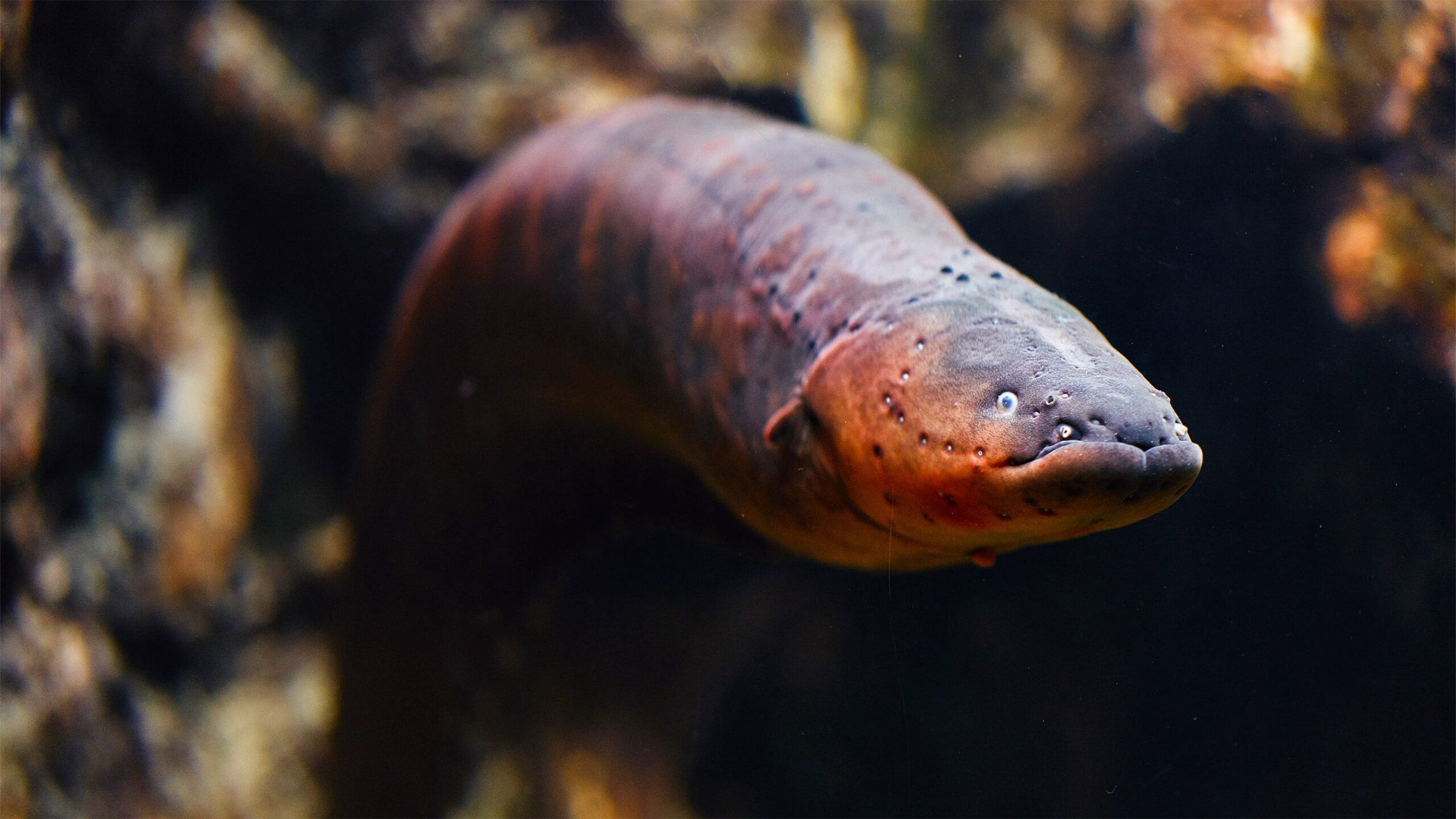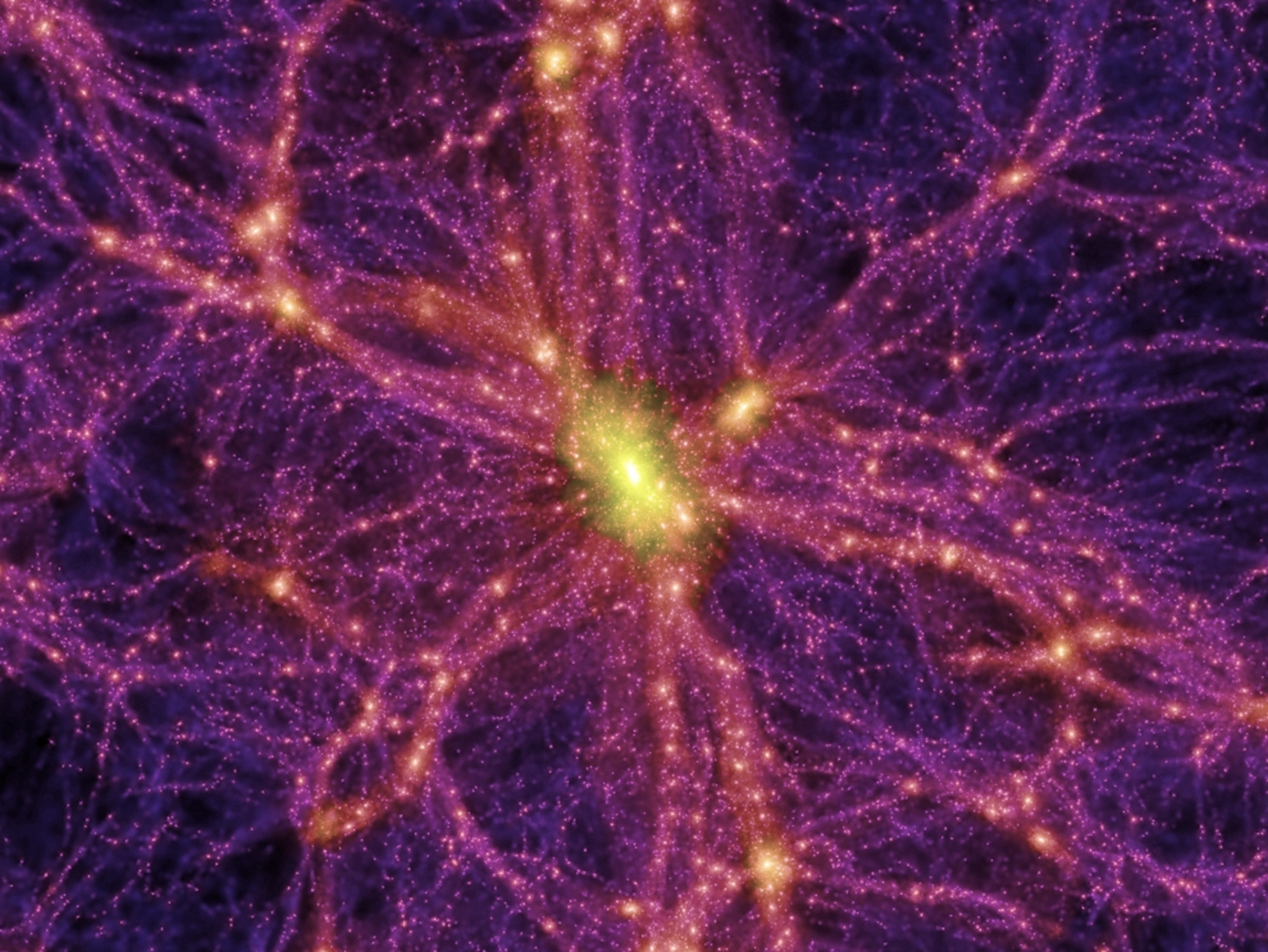Electric fish are not only captivating marvels of nature but also serve as fascinating subjects for scientific inquiry, particularly in the field of NeuroAI. These unique aquatic creatures have the remarkable ability to perceive their environment and communicate using electric fields, leading researchers to explore the intersection of animal behavior and artificial intelligence. Within this context, electric fish offer valuable insights into collective intelligence, as their social dynamics reveal how individual actions culminate in complex group behaviors. By understanding the mechanisms of interaction among these fish, scientists hope to enhance AI systems modeled after natural phenomena. As we delve deeper into the enigmatic world of these electric creatures, we uncover vital lessons pertinent to both biological evolution and the development of advanced AI applications.
The study of bioelectric organisms opens up new avenues for understanding social behavior in animals, particularly in species that communicate through electric signals. Known for their capacity to transmit and sense electric waves, such organisms unveil an intricate communication system that stands in stark contrast to traditional animal interactions. By examining the dynamics of these creatures, researchers can draw parallels between the communication strategies of electric fish and the principles underlying collective intelligence in other species, including humans. Insights gained from this research could inform advances in artificial intelligence, particularly in how AI systems adapt and function collectively. Moreover, exploring these interactions can enrich our comprehension of social dynamics in various contexts, paving the way for innovative approaches to both natural and artificial groups.
The Fascinating World of Electric Fish
Electric fish, particularly the elephantnose fish, offer a remarkable glimpse into the world of natural communication systems. These creatures utilize electric fields as a primary means of perception and interaction, which is fundamentally different from traditional sensory modalities like vision and hearing. By generating electric organ discharges (EODs), they create a unique language of pulses that governs their everyday activities, from mating rituals to social interactions. This unique capability not only intrigues scientists but also lays the groundwork for advances in the fields of neurobiology and artificial intelligence.
The study of electric fish presents an opportunity to understand how simpler communication mechanisms can lead to complex social behavior. The elephantnose fish, for example, showcases the principles of collective intelligence through its organized responses and interactions with other members of its species. As these fish navigate their muddy aquatic environments using electric signals, researchers can observe emergent behaviors that mirror the social dynamics found in more complex animals, including humans. This intersection between animal behavior and artificial intelligence is opening new avenues for exploration in neuroscience and technology.
Understanding Collective Intelligence through Electric Fish
Collective intelligence is the phenomenon by which individuals in a group contribute to and benefit from shared knowledge and experience, resulting in coordinated behavior that transcends the capabilities of solitary agents. Electric fish, particularly those studied by Rajan and her team, exemplify this concept as they navigate their environments and communicate with one another through electric pulses. By observing how these fish express cooperative and competitive behaviors within their schools, researchers are gaining insights into the underlying principles that govern social dynamics in larger populations.
Rajan’s research into the emergent behaviors of electric fish provides a framework for understanding collective intelligence in more complex systems. Just as elephantnose fish can coordinate their searching for food through electric communication, human groups engage in dynamic social interactions that shape collective decision-making and problem-solving. This understanding can lead to more effective applications in artificial intelligence, where AI systems mimic the cooperative strategies seen in nature, potentially allowing for swarming behavior and enhanced problem-solving capabilities across tech fields.
The Role of NeuroAI in Understanding Animal Behavior
NeuroAI, an emerging interdisciplinary field that merges neuroscience with artificial intelligence, seeks to explore and model the cognitive aspects of both biological and artificial systems. In the context of electric fish, researchers are utilizing neurobiological principles to inform AI development. By examining how these fish process information and communicate through electric fields, scientists can begin to create AI systems that replicate similar emergent behavior, enhancing our understanding of social dynamics.
Moreover, the insights gained from studying electric fish can inform the design of AI agents that possess collective intelligence. Just as the elephantnose fish display coordinated behaviors in their search for food or during mating displays, AI entities can be programmed to interact in ways that maximize efficiency and adaptability. This research leverages the lessons of natural systems, providing valuable perspectives on how to engineer complex AI models that reflect the adaptive learning processes seen in animal behavior.
Using Electric Fish Models for AI System Development
The intricate communication patterns of electric fish, particularly the electric pulses they emit, serve as an innovative model for developing new AI systems. By constructing computational simulations that replicate the behavior of these fish, researchers can manipulate various parameters to study how collective intelligence arises. Rajan and her collaborators at the Kempner Institute have gained valuable insights by modeling how these fish adapt their behaviors based on resource availability, which could inform future AI architectures in collaborative environments.
Through these simulations, researchers can decipher how complex behaviors emerge from simpler interactions among agents. This parallels developments in AI, where understanding how individual units communicate can lead to more sophisticated collective capacities. Whether in predicting human behavior or enhancing the competitive edge of AI systems, insights drawn from electric fish behaviors provide foundational knowledge that can enhance the resilience and adaptability of artificial agents in various tasks.
Future Implications of Collective Intelligence in AI
As researchers continue to explore the interface between collective intelligence in electric fish and artificial intelligence applications, there are promising implications on the horizon. The principles learned from animal behavior, especially in cooperative and competitive contexts, can influence how AI systems are designed and implemented. For instance, the way electric fish cooperate during foraging provides a model for creating swarms of AI agents that can work together to solve complex problems more efficiently than individual systems.
The evolution of AI systems towards more collective intelligence could pave the way for breakthroughs in various fields, from robotics to complex data analysis. By embedding principles of cooperation and adaptability drawn from natural systems, developers can create AI that learns to interact and communicate more effectively, much like social animals. This synergy between natural intelligence observed in electric fish and artificial systems holds the potential to revolutionize how we approach technological innovation.
Researching Social Dynamics through Electric Fish Studies
The study of electric fish offers not just insights into individual behavior but also serves as a lens through which social dynamics can be understood. The interactions among these fish reveal fundamental patterns that underline social behavior in more complex species, including humans. For example, when one fish locates food, it communicates this discovery through electrical pulses, promoting a collective foraging effort among peers, which can be likened to human group dynamics in shared environments.
By analyzing the communication methods and social structures of electric fish, scientists are uncovering valuable parallels to how humans navigate complex social networks. Collective efforts to achieve a common goal among social species shed light on the emergence of social behaviors that could influence AI design. Understanding these dynamics can help developers create systems that mimic human social interactions, fostering improvement in collaborative AI applications.
Electric Fish as a Model for NeuroAI Research
Electric fish provide a unique perspective for NeuroAI research, demonstrating how biological systems can inspire the development of artificial ones. Their ability to emit and receive electric fields serves not only as a communication method but also as a means to navigate through challenging environments. This ability helps scientists understand the neuronal mechanisms behind these processes, which can be replicated in AI systems, enriching our approach to designing intelligent agents.
With continued research into how electric fish interact and adapt to their environments, we can extract complex principles that can be programmed into AI systems. This bi-directional relationship enhances our understanding of both natural intelligence mechanisms and artificial systems. As NeuroAI advances, leveraging insights from electric fish will be essential in teaching AI systems to simulate social interactions that are as rich and nuanced as those we observe in nature.
Exploring the Intersection of Biology and Artificial Intelligence
The crossroads between biology and artificial intelligence is an exciting field of study, particularly in examining collective intelligence as seen in electric fish. By studying how these creatures communicate and interact within their schools, scientists gain insight into the algorithms behind social behavior that can inform AI development. As we look into electric fish’s methods of electric signaling, we find parallels in the complexities of human communication and interaction.
This intersection also raises critical questions about how collective decision-making processes can be implemented in AI. Just as electric fish rely on their electronic pulses to make decisions that benefit the group, AI systems inspired by these biological models can incorporate similar collaborative methodologies to tackle real-world issues. The blending of principles from biology with technological innovation has the potential to redefine the capabilities of AI, making systems that are more adept at navigating intricate social contexts.
Generating AI Insights from Animal Communication Systems
The communication systems of electric fish provide a fertile ground for generating insights applicable to artificial intelligence development. The electric signals emitted by these fish not only serve for navigation and social interaction, but also serve as critical data for understanding how information can be transferred in networks. This knowledge can be translated into AI systems, enabling machines to develop more sophisticated patterns of communication that mimic those found in natural ecosystems.
By modeling the communication and interaction dynamics of electric fish, researchers can refine AI algorithms to enhance their effectiveness in collaborative environments. Through these models, principles of social dynamics can inform how AI agents share and process information, ultimately contributing to a more integrated approach to solving complex problems. This kind of interdisciplinary research highlights the potential of the insights drawn from the animal kingdom in shaping the future of artificial intelligence.
Frequently Asked Questions
What role do electric fish play in the study of NeuroAI and animal behavior?
Electric fish, particularly species like the elephantnose fish, are integral to researching NeuroAI because they use electric fields to interact with their environment and each other. Their unique communication system offers insights into collective intelligence, helping scientists understand the dynamics of social interactions in both biological and artificial agents.
How can studying electric fish enhance our understanding of collective intelligence?
Studying electric fish like the elephantnose fish reveals how coordinated communication and social behaviors emerge from simpler interactions. These insights contribute to understanding collective intelligence by showcasing how groups of these fish, through electric pulses, can work together to find food or communicate, paralleling human social dynamics.
What influence do electric fish have on the development of artificial intelligence systems?
Research on electric fish helps inform the development of artificial intelligence systems by modeling their collective behaviors. By mimicking the coordination seen in social interactions among electric fish, AI researchers can create algorithms that enhance collaboration and problem-solving capabilities in artificial agents.
Can electric fish provide insights into social dynamics and AI interactions?
Yes, electric fish present a simplified model of social dynamics that can inform AI interactions. Their ability to communicate through electric pulses allows researchers to study how information is shared and decisions are made, offering valuable lessons for designing cooperative AI systems.
What are the implications of electric fish research for understanding competition and cooperation in AI?
Research on electric fish illustrates how environmental factors influence cooperation and competition. By simulating these behaviors in artificial fish, scientists can uncover how AI systems might balance collaboration and rivalry, leading to more effective collective decision-making in AI applications.
How does the communication of electric fish compare to human social interactions?
Electric fish communicate using electric pulses to convey information, similar to how humans use language. However, their communication is simpler but still demonstrates emergent behaviors that resonate with complex human social dynamics, highlighting the foundational principles of interaction that could be applicable to AI systems.
What is the significance of modeling electric fish behaviors in AI research?
Modeling electric fish behaviors is significant for AI research as it helps scientists understand emergent collective intelligence. By observing how these fish coordinate and adapt their actions, researchers can apply these principles to develop smarter, more autonomous AI systems that operate cohesively.
How do electric fish exhibit collective intelligence during foraging?
Electric fish, such as the elephantnose species, show collective intelligence when foraging by sharing information through electric pulses. When one fish finds food, it alerts others nearby, who can then follow, reducing individual effort and maximizing efficiency, a dynamic that parallels human group behavior in resource gathering.
In what ways can artificial agents mimic the behaviors of electric fish?
Artificial agents can mimic electric fish by utilizing algorithms that replicate their electric signal communication and social interactions. By doing so, these agents can engage in cooperative behaviors, optimize resource use, and adapt to environmental changes effectively, emulating the weakly electric fish’s behaviors.
What future research directions are suggested by studying electric fish for artificial intelligence?
Future research directions may include deeper investigations into the learning processes of individual agents inspired by electric fish. Additionally, exploring universal laws governing interaction among agents could enhance collaborative efforts in AI and inform the design of swarming behaviors for complex problem-solving.
| Key Points | Details |
|---|---|
| Electric Fish and NeuroAI | Electric fish, like the elephantnose fish, use unique electric fields for sensing and communication, offering insights into NeuroAI. |
| Collective Intelligence | Studying electric fish may reveal principles of collective intelligence that apply to both biological and artificial systems. |
| Communication Through Electric Pulses | Electric fish communicate through streams of electric pulses, demonstrating coordinated behaviors that inform AI modeling. |
| Emergent Behavior in Social Dynamics | The behavior of electric fish illustrates that social dynamics can be more complex than individual interactions alone. |
| Computer Simulations and AI Research | Rajan’s team uses artificial agents in simulations to explore how cooperation and competition evolve across generations. |
| Implications for AI Development | Understanding collective intelligence in fish could influence how AI systems interact and collaborate. |
Summary
Electric fish provide valuable insights into both nature and technology, particularly in the field of NeuroAI. These unique creatures, especially the elephantnose fish, demonstrate how electric pulses govern their communication and social interactions, showcasing complex behaviors akin to collective intelligence. The research not only enhances our understanding of these fascinating animals but also promotes the development of artificial intelligence systems that can learn to cooperate and compete effectively. As scientists continue to explore these dynamics, the potential for innovations in AI strategies grows, emphasizing the relevance of electric fish in the tech landscape.



